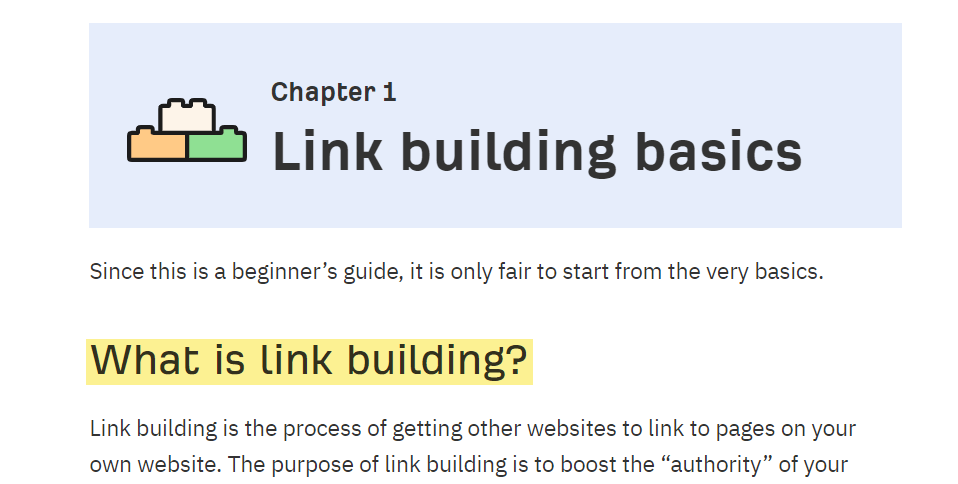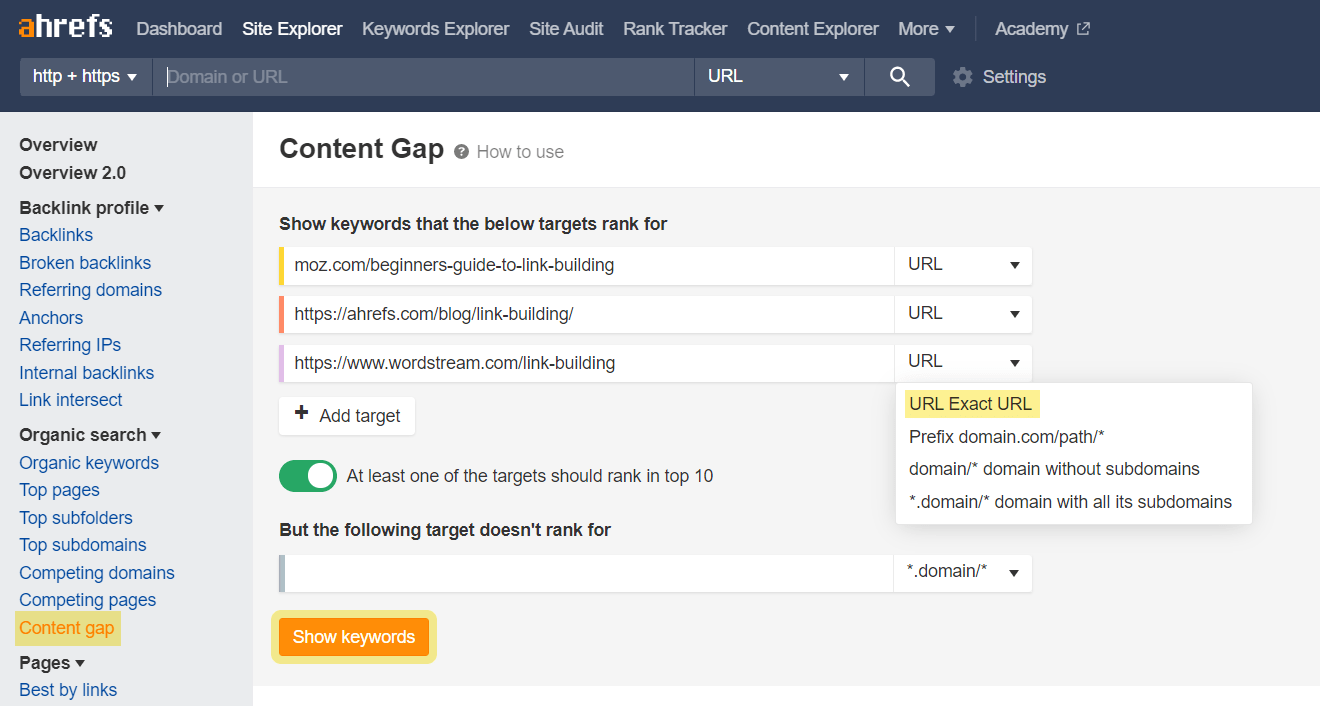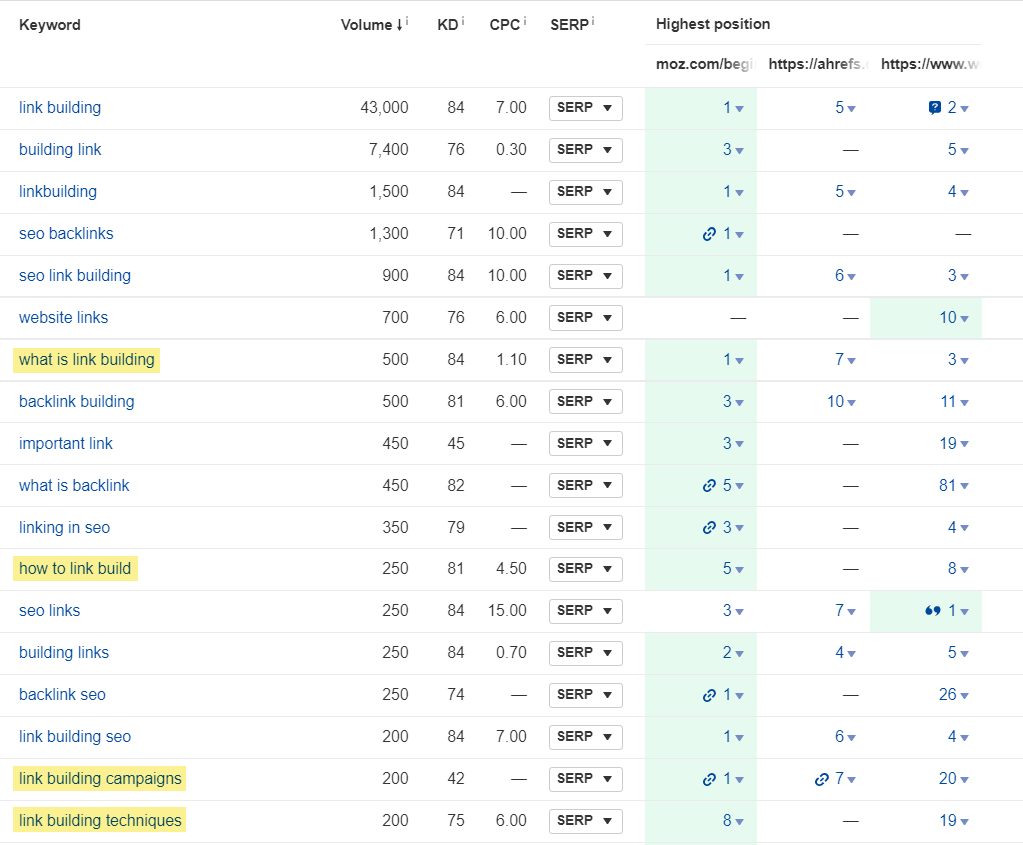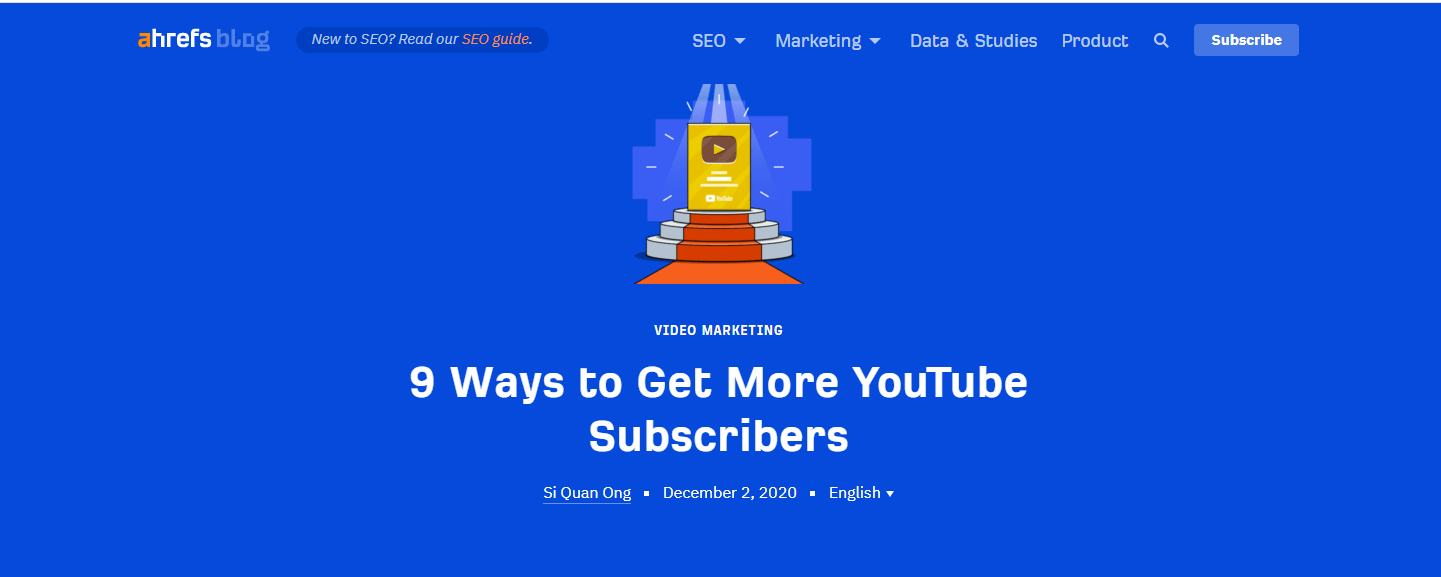Keyword Density
What is Keyword Density?
Keyword density is a metric that tells us how frequently a keyword is used within a piece of content in relation to the overall word count.
It’s usually expressed as a percentage. To calculate it, divide the number of keywords on the page by the total number of words on the page, then multiply that number by 100.
For example, if you use your target keyword 10 times in a 1000-word blog post, you’ll have a keyword density of 1%. If you use it 20 times, you’ll have a keyword density of 2%.
Is keyword density important for SEO?
Keyword density isn’t important for SEO, as it’s no longer thought to be a ranking factor. This is because modern search engine algorithms are smart enough to understand what a page is about and how well it matches search intent in other ways.
Google has pretty much confirmed this. It’s tried to dissuade SEOs from getting hung up on keyword density many times over the years:
“I would love it if people could stop obsessing about keyword density. … There’s not a hard and fast rule.” – Matt Cutts
“Keyword density, in general, is something I wouldn’t focus on. Make sure your content is written in a natural way.” – John Mueller
Best practices for keyword density
Although keyword density is no longer a ranking factor, we still recommend sticking to the following best practices when creating content.
1. Never aim for specific keyword density
There’s no such thing as an optimal keyword density, and we don’t recommend aiming for one. It isn’t going to help you to rank. In fact, it’s more likely to have the opposite effect.
This is because Google sees artificially adding keywords to a page—a practice known as “keyword stuffing”—as an attempt to manipulate the algorithm at the expense of user experience. And as we know, Google’s all about the user experience.
In fact, keyword stuffing goes directly against Google’s Webmaster Guidelines:
“Filling pages with keywords or numbers results in a negative user experience, and can harm your site’s ranking.”
This is a black-hat SEO tactic, which is no longer a viable option.
So what should you do instead?
The answer’s simple: forget about keyword density and write naturally.
Of course, you should mention your keywords in the text. But usually, you don’t need to put in any specific effort to do so because this happens naturally as you write.
2. Focus on topic coverage instead
Google may not look at keyword density anymore, but it does look at topic coverage. Instead of adding your target keyword over and over again, focus on covering the topic as fully as possible. That means including subtopics that searchers likely expect to see.
To find ideas for subtopics, take your cue from what’s already ranking. Search for your target keyword on Google, open up a few of the top-ranking pages, scan each page, and look for common subheadings.
For example, most of the top-ranking pages for the keyword “link building” have a subheading along the lines of “What is link building?”:

Most also tend to cover why link building is important and provide a list of link building strategies that readers can use. If you write a post about link building, these are all subtopics you should cover.

You can also use Ahrefs’ Content Gap tool to help with the research process. It automatically pulls out a list of keywords that entered pages rank for. Browse the list to find subtopics.
Here’s how to use it.
First, enter the URLs of three top-ranking pages in the Content Gap tool, switch to URL mode, then click “Show keywords.”

This should bring up a long list of keywords. Look through the list and pick out some that represent possible subtopics.

All of the highlighted keywords in the above example are potentially good subtopics for an article about link building.
3. Include keywords in key places
While you shouldn’t stuff keywords into your content, it makes sense to include your main keyword in a few prominent places:
- Title tag
- H1
- URL
- Meta description
However, there’s an important proviso here: In all of the above cases, you should only include your keyword if it feels natural to do so.
Don’t jam it in there just for the sake of it. Also, don’t be afraid to use close variations of a keyword instead if that makes more sense.
For example, in this post, we chose to target the keyword “how to get more YouTube subscribers.”
But because we wrote the post as a listicle, it makes more sense to include a number in the title. So we went with “9 Ways to Get More YouTube Subscribers” instead.

This isn’t an exact-match keyword, but that’s OK. Google is smart enough to know that we’re writing about how to get more YouTube subscribers, so using a variation won’t hurt our rankings.
FAQs
How should I check keyword density?
You can check the keyword density of your content by using an online keyword density checker. There are plenty of free tools for this. Just Google “keyword density checker,” and you’ll find a bunch of them.

However, as keyword density doesn’t really matter, there’s usually no need to do this. The only real reason for checking keyword density is if you’re working with freelance writers and want to ensure they haven’t been keyword stuffing.
How to calculate keyword density?
You can use the formula below to calculate keyword density manually:
[number of keywords] / [total number of words] x 100
However, it’s quicker to paste your content into one of the many free online keyword density checkers instead.
What is the ideal keyword density for SEO?
There’s no such thing as the ideal keyword density for SEO, as it’s almost certainly not a Google ranking factor. As such, you shouldn’t aim for any specific target.
What percentage of keyword density is too high?
There’s no specific number that will be regarded as too high when it comes to keyword density. As long as you don’t stuff keywords in your content, you’re fine.
But if your keyword density is over 2%, do review your content again to make sure it reads naturally. Then edit as required.